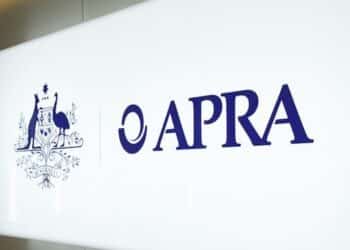New research has revealed that unless policy reforms achieve the dual outcome of reduced cost and increased scale, financial advice provided by a financial adviser will remain a partial solution to the needs of all Australians.
A new survey conducted by the Conexus Institute and CoreData has pinpointed the provision of affordable advice as one of the greatest challenges facing Australia’s financial services sector.
“The current state is poor and needs to be improved,” David Bell, executive director of Conexus Institute said.
“Traditional financial advice from a financial adviser is highly valued but on its own will not be the solution given the scale of the challenge,” Mr Bell stressed.
“It is likely that a combination of solutions is required. We believe government and industry both have an important role to play.”
The survey found that currently, 26 per cent of Aussie turn to their family, friends or colleagues for advice, closely followed by information found online (25 per cent), and accountants (20 per cent).
Interestingly, Australia’s fourth most utilised source of financial assistance are financial advisers (18 per cent), while those utilising their services are most likely to be 65 years and older, retired, and rate their own financial knowledge as very good.
Financial advisers at superannuation funds also have above-average consideration rates (14 per cent), though they face the same supply issues as financial advisers more broadly.
Turning to trust in financial sources, the survey found that the Australian Taxation Office (ATO) is the most trusted source of financial information, followed by government-funded, MoneySmart.
However, financial advisers were found to attract a high level of trust with an average rating of 6.8 out of 10, making them the fourth most trusted source of financial assistance.
Those using advisers said they are mostly satisfied (69 per cent), with advisers having an average satisfaction rating of 7.1 out of 10.
Those not using an adviser mostly said it was unaffordable (44 per cent), that it lacked value for money (29 per cent), and that it didn’t align with their personal situation (14 per cent).
Looking forward, Mr Bell said that given the finite number of qualified financial advisers, it is important to consider the other sources of financial assistance that are currently available.
These include MoneySmart, general assistance provided by superannuation funds, Centrelink, online financial calculators, and subscription-based digital advice services.
While some of these solutions sit outside the terms of reference of the Quality of Advice Review, Mr Bell encouraged the government to take a holistic mindset and put in place a range of initiatives that in aggregate will address the shortfall in quality and affordable financial assistance.
“Government needs to tackle this problem at a higher level and in an integrated way, accounting for the future role that it wants the financial advice sector to play.”




People are using advisers less, so the solution is always more online tools or other channels. The solution is never looking at bad legislation. Because that would go against what they’re selling.
The article should read “80% of Australians guessing randomly where to invest their money…Australian economy now lacks efficiency due to Govt. meddling.
Haha very true. I was thinking the title could be almost 20% of Australians use an adviser or almost 70% of client rate their adviser highly.